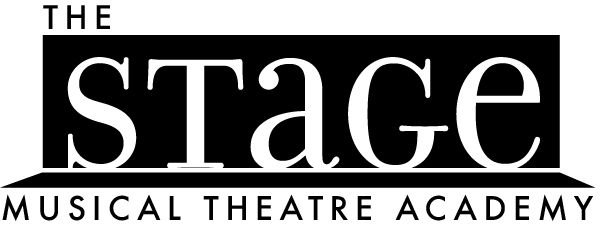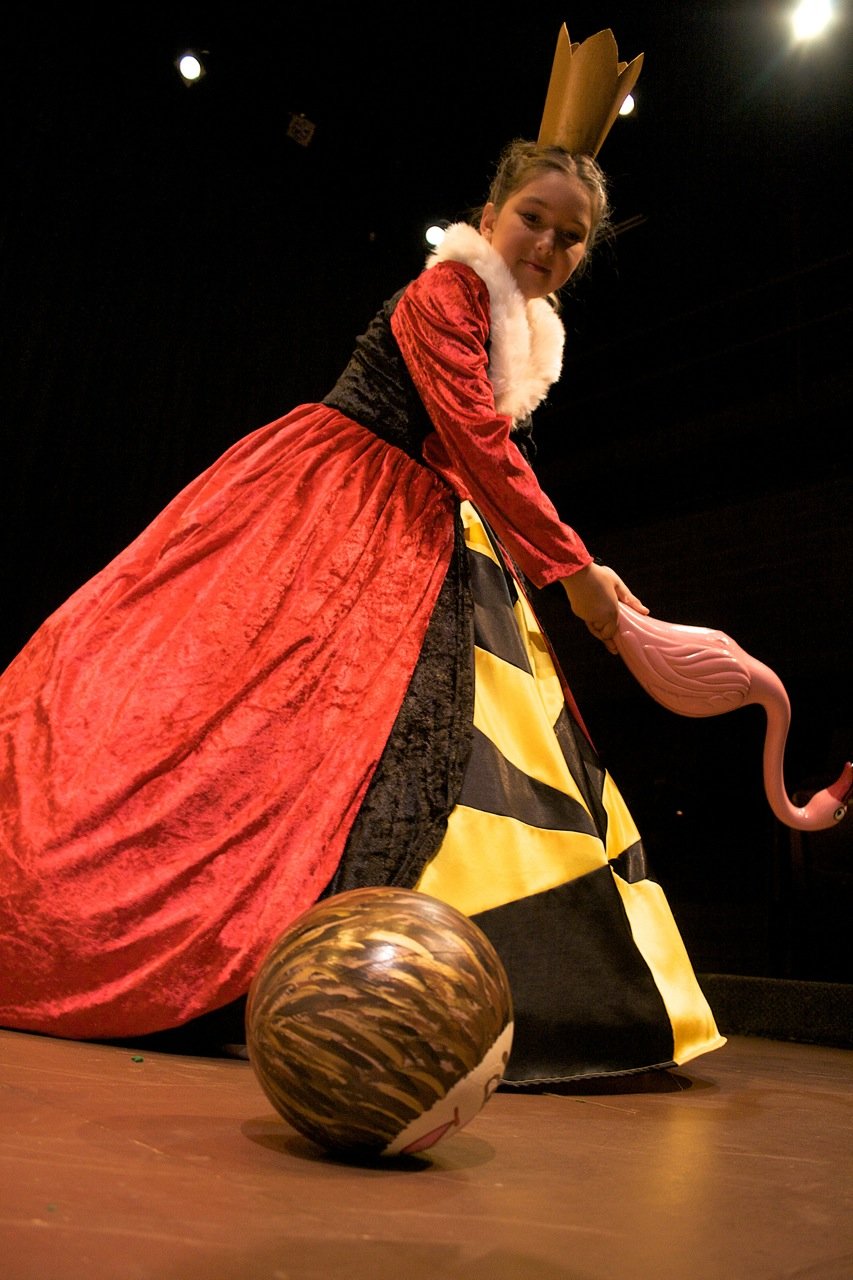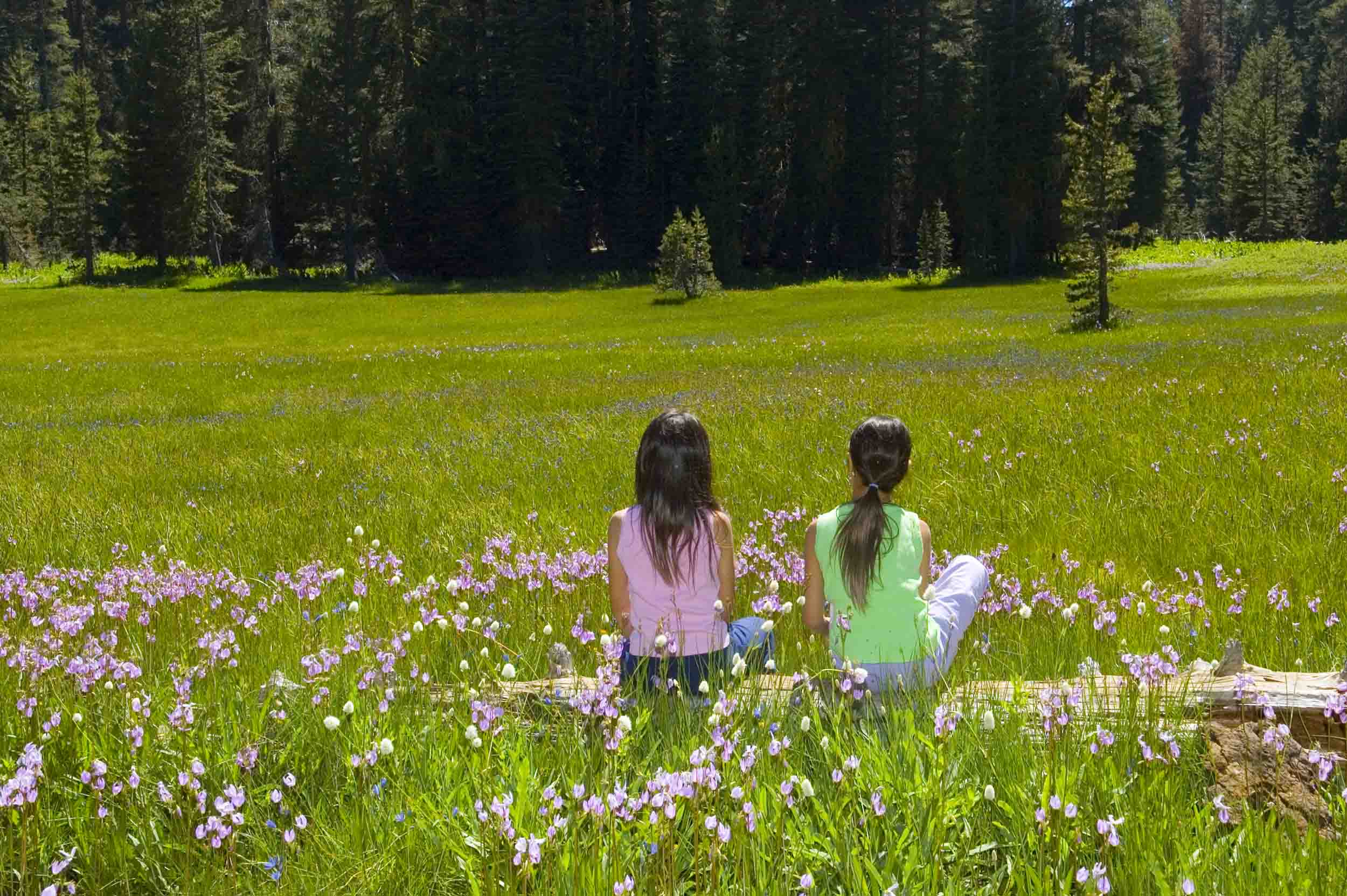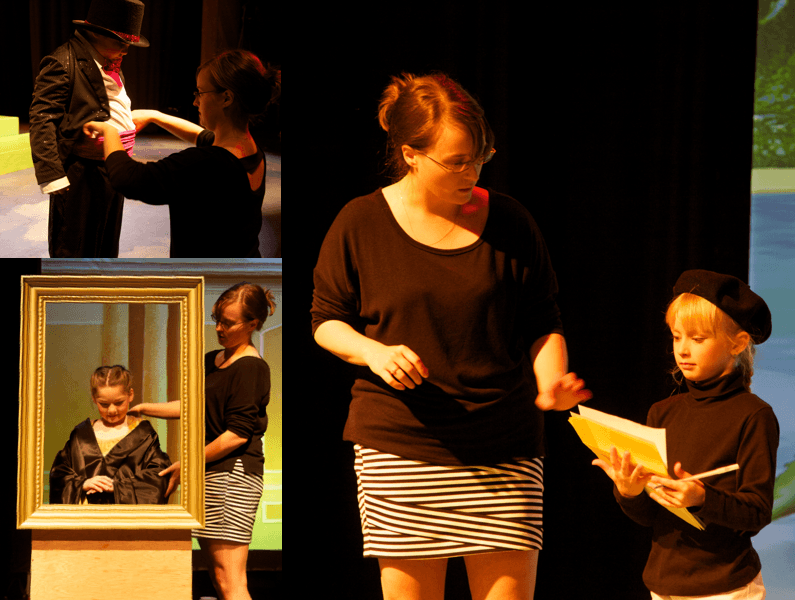I felt this was a timely post given that I, like many other teachers, have just come through “Halloweek” where we take part in numerous Halloween themed events and do our best to join in the spirited, sugar driven, chaos while leading our lessons.
However, as someone working in performing arts, I am always fascinated by the largest appeal of Halloween, the costumes. While I’m always snapping photos for our own costume collection, or sending them to my mom (my official costumer) for future use, I am now starting to notice something much more interesting about the effect costuming has on our young trick or theatres.
I am reminded of a girl I worked with very early on in my directing career, Alexis. She had been in my program for two or three years at this point and had gradually worked her way out of her shell to a point where she was an incredibly competent performer at 9 years of age. Comfortable in rehearsal and classes and well liked by her cast mates, Alexis was a charming, quiet young thespian. This particular year she was cast as the Queen of Hearts in our production of Alice in Wonderland, her biggest role to date and by far the most demanding. No longer playing characters with personality traits similar similar to herself, she was faced with a brash, over the top, rage fueled, thoughtless persona; in short, her exact opposite. All through rehearsals I tried every trick in the book to bring her out, to have her project more, to animate her body, and I could see she was really struggling to find the courage to do so.
Dress rehearsal came and my costumers arrived, as usual, with a set of beautiful costumes , included among them the gown for the Queen of Hearts. (As an aside, your acting students will always love your costumers more than you, doesn’t matter that you’ve worked with them all year, the costumers are the best human beings on the planet. This is a reality I have come to not only accept but embrace wholeheartedly 
And then I watched her. I watched her as she turned around in the mirror, admiring the enormity of the hoop skirt, and not being able to control the grin on her face. We pinned on her crown, handed her the wand and the costume was complete.She smiled at herself, tapped her wand in her hand. And then, like magic, her shoulders raised, her nose turned up, and she was transformed.
At the dress rehearsal she was now giving me everything I had wanted from her. She was bossy, domineering, loud, expressive, all of the qualities you want in a Queen of Hearts. Anyone who was there that night that had known Alexis was stunned at what was being brought to the stage. Whether it was the size of the costume that brought it out, or an inner growth that occurred upon seeing the outer image, Alexis was now…bigger.
This week I noticed similar changes in other students, students as young as 3. There were a few that hadn’t yet spoken to me this year that were now explaining to me every detail about their character and their costume and a flurry of sound effects I could only pretend to understand (I’ve learned that I’m quite out of touch with today’s popular kids costumes).
They were somehow safer now, shrouded in fake fur, or a plastic mask, or the dress of an ice queen that shall remain nameless that sings and lights up…constantly…
Before writing this post I went back and forth about it’s message. Is this to say that who our children are is determined by what they wear, costumed or otherwise?
Or is it more of an observation that our children already possess these qualities and abilities, and the costume gives them a bit of a buffer to try on a new skill without feeling so exposed because in their minds they are “someone” or “something else”.
I believe that it’s the latter.
In Alexis’s case, we had discussed all matters of this character’s personality, why she was like this, what made her so angry. We had discussed that playing a role meant that we were pretending to be someone we’re not, and that this meant attempting to understand how a person could be so angry and loud.
Explaining to a young actor the difference between who they are as a person and who they have been asked to play on stage can be very difficult, especially when a child doesn’t want to appear “mean” to her friends, even in a pretend context because of how real it can feel or because they’re worried they will hurt someone’s real feelings. But it is this conversation that bursts open the door of empathy and compassion and builds the ability to think about how others feel, how our actions affect others and how to understand someone’s point of view, even if you don’t agree with it.
I am not encouraging the idea that how we dress is a complete summation of who we are, nor do I think this is the lesson to take away as we watch our kids dance like a ballerina, or karate chop like a ninja, or cackle like a witch while going door to door on Halloween. But I do think there is something to be learned by literally dressing up as someone else and observing how you feel about your usually familiar environment. Costume and dramatic play, at Halloween or other times, gives our kids an opportunity to practice and understand behavioural and social skills they may not yet be comfortable with, but could benefit from if given a safe environment in which to try them out.




